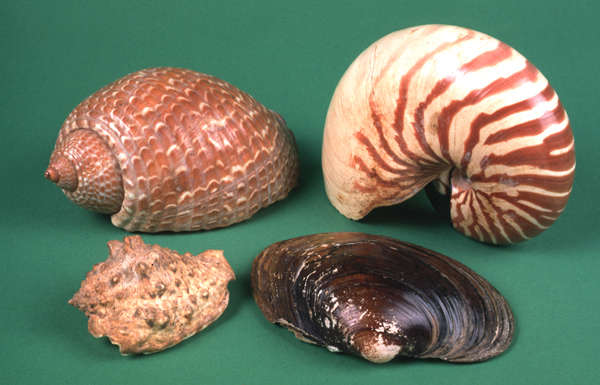 |
 |
|
Malacology
Malacology is the study of molluscs, their shells being easily collected dry and displayed and studied by those with an early interest in the natural world. The first Tasmanian shells were collected by early French expeditions which took both shells and preserved animals back to Paris for description. Early exploration and land survey expeditions brought new observations to light with RC Gunn sending land mollusc specimens to London for description. A surgeon on the penal establishment on Sarah Island also collected snails, which were eventually described by early British malacologists. The Rev JE Tenison-Woods published the first census of marine molluscs in 1878, and William Legrand published an illustrated monograph of Tasmania's land shells in 1871. RM Johnston, Rev ED Atkinson, Mrs Irvine and Mary Lodder all made important collections of local molluscs and corresponded with leading Australian malacologists about the Tasmanian fauna. William May published a revised census in 1912 and an illustrated index in 1923, revised by J Hope Macpherson in 1958. Ron Kershaw published a systematic list of the state's mollusc fauna in 1955 and a handbook to the land and freshwater molluscs with Brian Smith in 1981. Other significant publications on Tasmanian fauna were by Turner (1970), Richmond (1990 and 1992), Ponder et al (1992) and Clarke et al (2003). Further reading: J Black, ' History of Discovery ' in P Beesley et al (eds), Mollusca… 5, Melbourne, c 1988; R Kershaw, ' Type localities for six species of Tasmanian land molluscs ', PPRST 121, 1987; W Legrand, Collections for a monograph of Tasmanian land shells, Hobart, 1871; W May, An illustrated index of Tasmanian shells, [Hobart], 1923. Brian J Smith |
Copyright 2006, Centre for Tasmanian Historical Studies |
